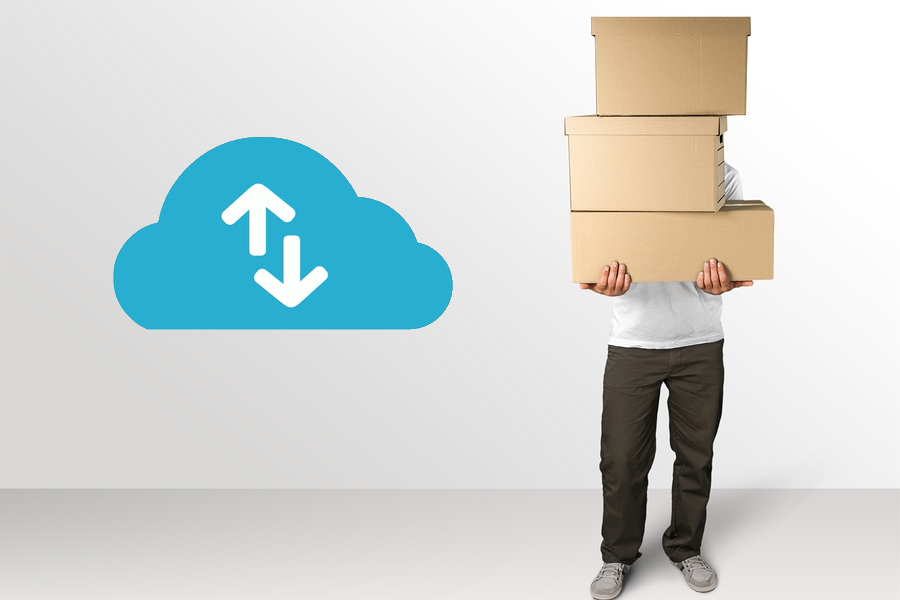Top 4 Tips for a Smooth Cloud Migration
In a recent study, it was found that surveyed organizations are expected to increase cloud spending by about 44% over next 2 years. This suggests that migration from traditional on-premise software to cloud and SaaS is becoming a big project for organizations and software asset managers going forward.
Use these 4 tips to streamline the migration process and make it as simple as possible, resulting in an organized and easy-to-use cloud subscription repository.
1. Be flexible.
When it comes to SaaS it shouldn’t be “one size fits all”. Enterprise SaaS solutions such as Microsoft Office 365 or Adobe Creative Cloud have a wide variety of editions with different features and price points. During a cloud migration, make sure software is assigned based on what makes sense for individual employees or departments. It should never be assumed that every employee needs the most expensive or feature-rich version of a software, as this is generally not the case and it can contribute to a waste of budget. With a feature like role-based provisioning, which is available in Vizor, you can ensure that each employee receives software with the functionality for their specific role or project. Understanding software usage based on roles provides the visibility needed for a smooth transition when it comes to moving software over to the cloud.
2. Involve Human Resources.
By integrating with the HR department, IT managers can ensure that cloud software assignments reflect the accurate status of employees. New employees will have the proper cloud solutions needed for their role on day 1, which saves time and other complications involved with new hires. In addition, if an employee were to leave, they can be immediately removed from a cloud subscription in the system when it is integrated with HR. Lastly, HR links guarantee that come renewal time, the correct number of subscriptions are purchased that reflect current employee statuses.
3. Eliminate software redundancy.
When scanning your software inventory before a cloud migration, make note of any overlaps. There is often traditional on-premise software that performs the same or very similar functionality as cloud software. For instance, your organization may have an on-premise CRM solution, while some are using Salesforce. As the two likely perform similar functionality, eliminate the CRM solution in favour of Salesforce in the cloud.
4. Implement optimal management strategies.
When moving software to the cloud, the management process once it’s there is just as critical as the actual migration. Be sure to have an effective and customizable management system in place for your cloud subscriptions. Vizor provides required functionalities mentioned above like role-based provisioning and HR integration, plus another crucial tool – a central repository for cloud subscriptions. Most organizations would admit that it is all too easy to lose track of cloud services floating around, precisely because they are in the cloud rather than the traditional on-premise deployment. Having all cloud subscriptions in a central repository where you can clearly see them eliminates redundancy, increases visibility and makes for a smooth migration.
Struggling to manage Cloud Apps?





